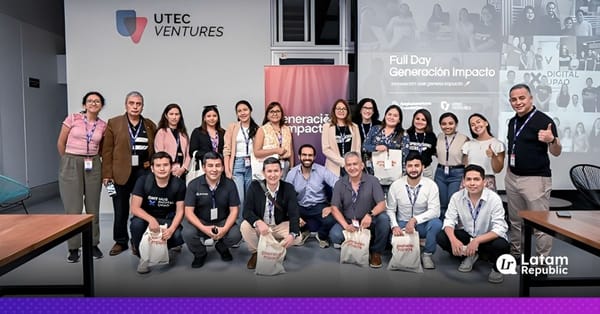Hi Ventures launches 2025 State of AI report for Latin America
According to the Hi Ventures report, AI is no longer just a buzzword in Latin America, it's becoming the backbone of how organizations operate.

According to the Hi Ventures report, AI is no longer just a buzzword in Latin America, it's becoming the backbone of how organizations operate. As costs drop and systems evolve, the region is uniquely positioned to adopt AI infrastructure at scale.
From Model Hype to System Design
In 2025, artificial intelligence has officially entered its execution era. While past years were defined by attention-grabbing model launches, today’s breakthroughs lie in system design: larger context windows and significantly lower inference costs, down more than 80%, are transforming AI from a promising tool into a core utility.
Why Latin America Is Ready
In Latin America, this shift is especially significant. The region’s widespread reliance on platforms like WhatsApp makes conversational AI feel natural to users. At the same time, the abundance of underused data, from electronic invoices to health records, creates a rich foundation for real-world applications.

Skipping Legacy, Embracing AI-Native
Another advantage? Many organizations in the region skipped legacy systems, which means they can now jump straight into AI-native solutions without the friction of outdated infrastructure.
Inside the 2025 State of AI Report
The third edition of the State of AI in Latin America offers a data-driven perspective on this transformation. The report explores the most promising use cases, identifies barriers that still slow down adoption, and outlines how organizations can shift from experimentation to long-term results.
Execution Is the New Differentiator
In today’s landscape, the real differentiator isn’t access to AI, it’s execution. Success hinges on embedding AI into everyday workflows, bringing together multidisciplinary teams, and aligning stakeholders around a shared vision.
Ultimately, collaboration is no longer optional, it’s the foundation of Latin America’s AI stack. Whether it’s startups and corporations co-building tools, or regulators and platforms co-designing safeguards, the region’s ability to move forward will depend on how well it works together.




